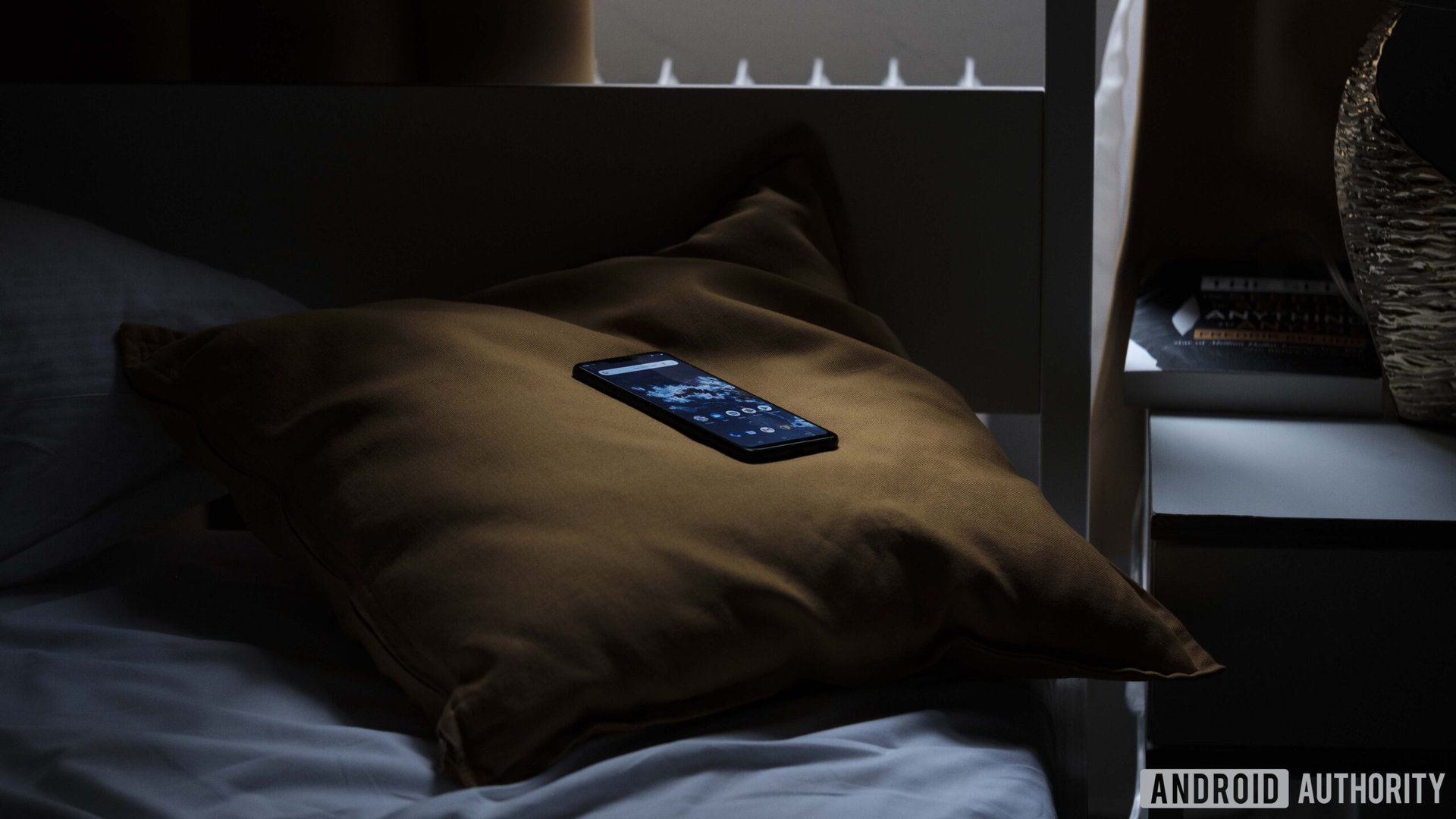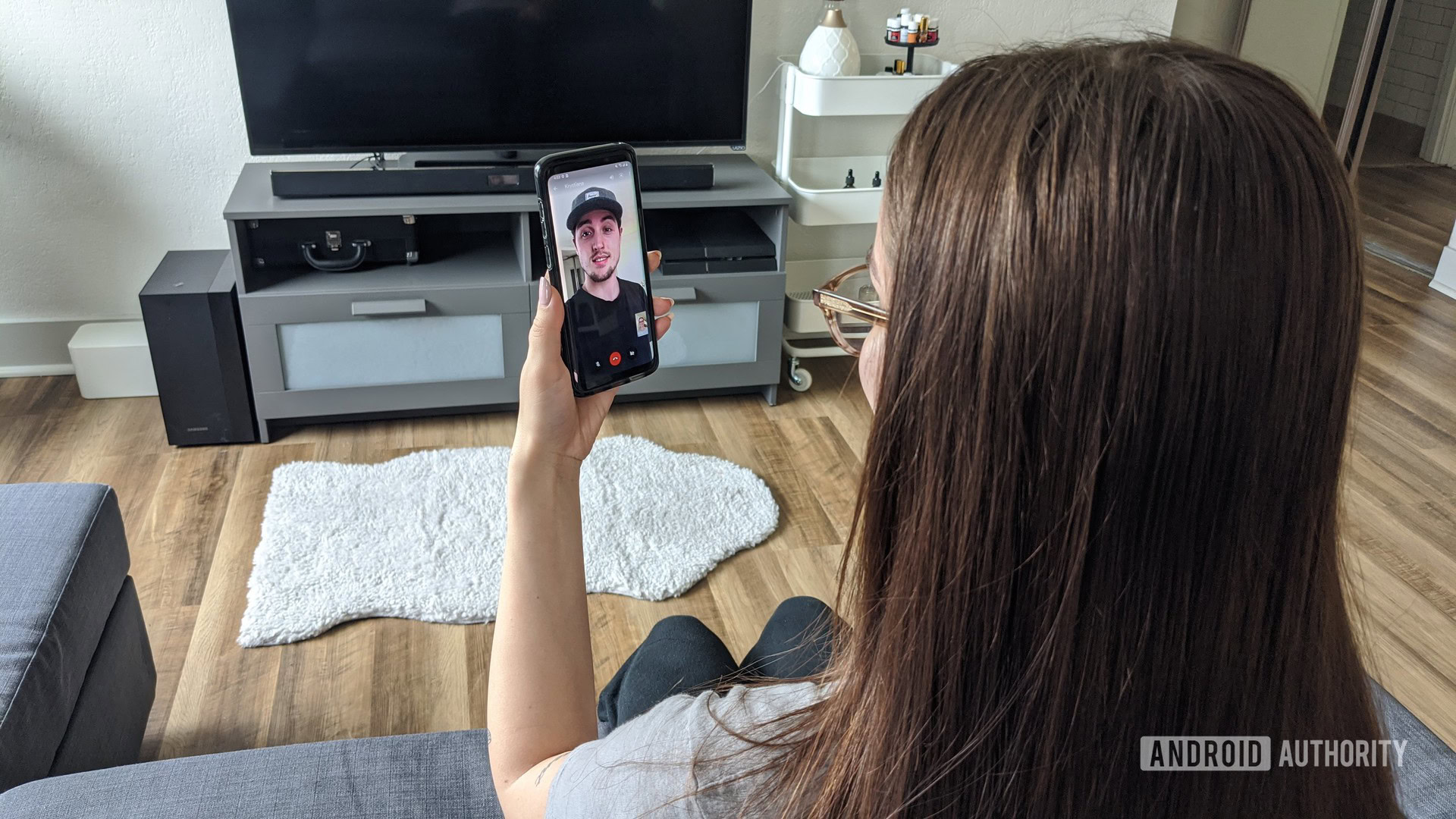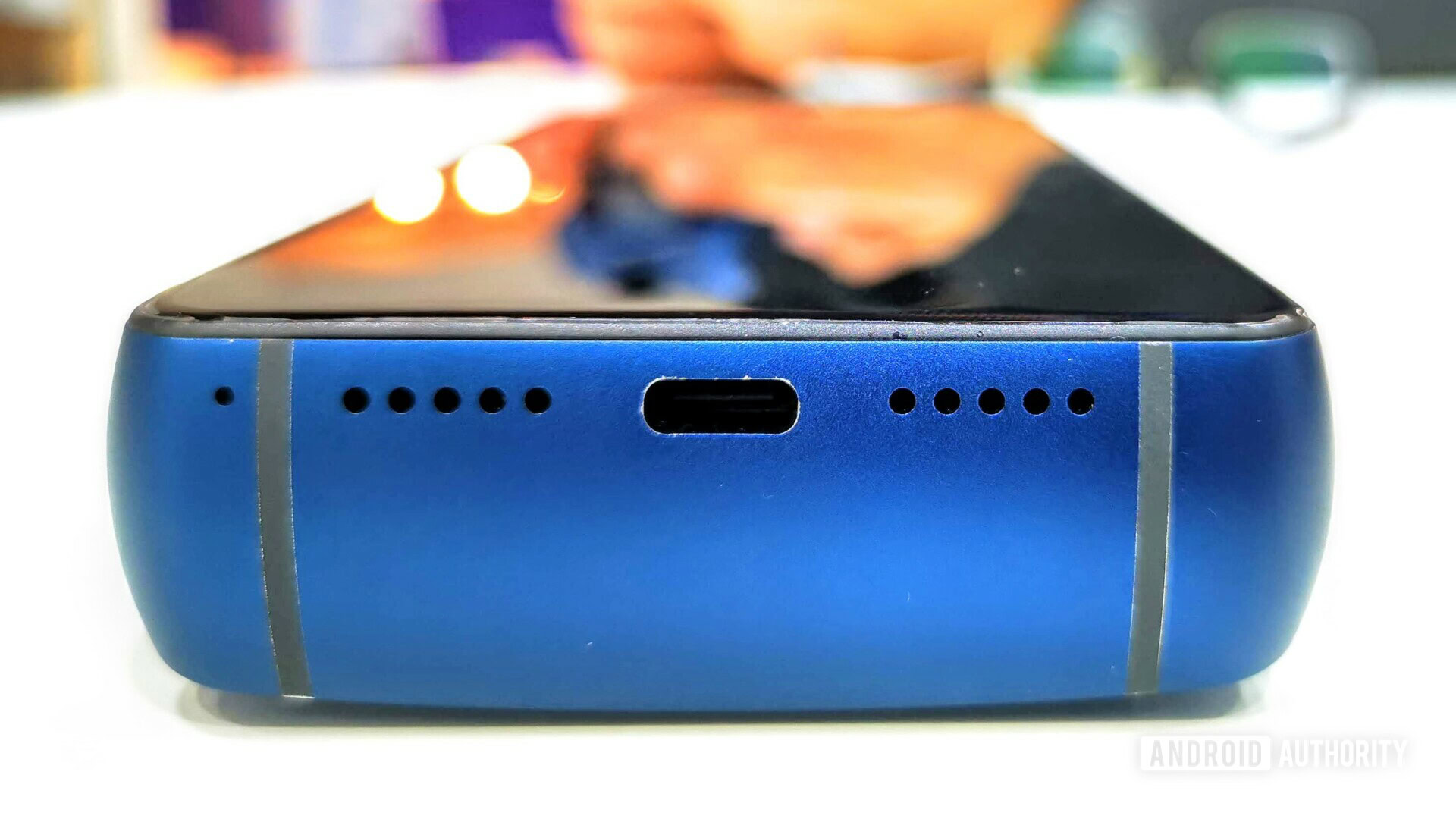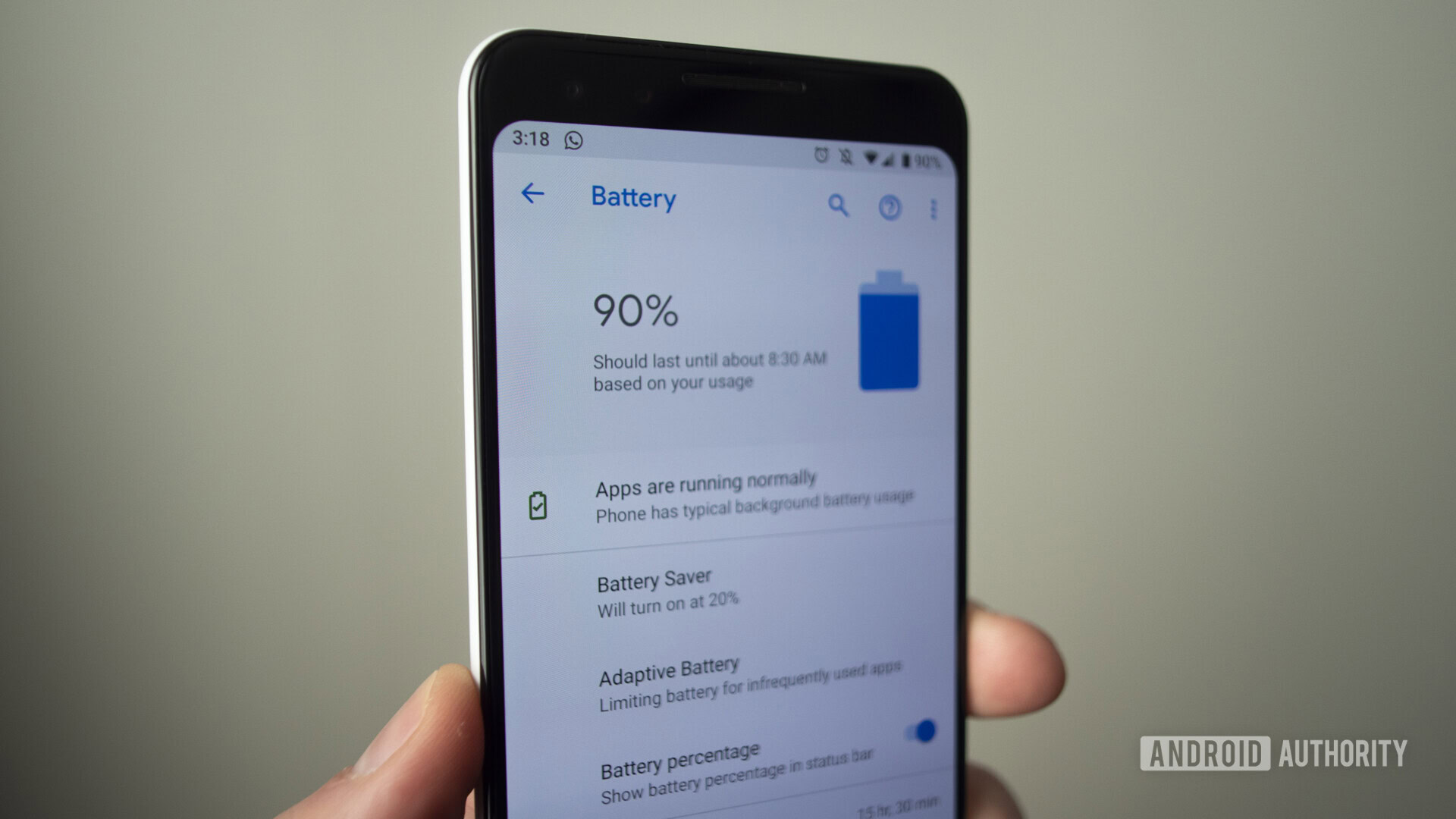Affiliate links on Android Authority may earn us a commission. Learn more.
Lockdown has made it clear to me what's wrong with smartphones

Being home all the time; lockdown; self-isolation; flattening the curve. Whatever you want to call it, it has left me thinking more and more about my phone and battery life.
The entire Android Authority team mostly already works from home, each with our own established routines. But we leave our home too, most of us, anyway. I worry about a few colleagues…
My routine is to go into a co-working space most days a week, to ensure I talk to more people than just myself and my long-suffering partner. More widely, most of us get out to events and functions for work, and of course, there’s cafes, restaurants, bars, parks, gyms, planes and trains… The usual. Same as you.
And when that’s all over in this great and hopeful experiment to beat COVID-19, battery life just isn’t relevant at home.
Lockdown: Battery life forgotten

Staying home all the time during lockdown is different. And what I’ve noticed, or specifically not-noticed, is the battery life of my phone. Usually, I would know what percentage I’m at to a pretty narrow range. But right now as I type, I have no idea. Which feels surprisingly good.
Normally, battery is a big factor across each and every day. Normally, I judge where I’m off to next and weigh up my battery life for the commute, what I’ll be doing, how long I’ll be there, if I should bring a charger or a power bank. All the same things you do in normal times, more or less.
Of course, this is a tech site. Most of us have spare power banks, manage features and apps carefully, and don’t let friends buy a Pixel 4.
When you’re shut away at home, battery life doesn’t matter.
I’ve found when you’re shut away at home, battery life doesn’t matter. I’ve confirmed this with colleagues and friends. Yes, it’s always a pain to charge no matter where you are, but the battery indicator is being checked far less. And when I do go outside (within #StayHome rules!), I don’t whip my phone out to check for battery life before I do.
Realizing and acknowledging this lack of concern is at least one small relief among the other worries of this time.
Yet it rams home that the problem for smartphones is still battery life. Smartphones are our everything-devices, especially now when face-to-face time is scarce or impossible. Yet we’re tethered to something with a limited lifespan.
Getting a whole day out of our devices remains essential. Achieving a full day, though, is still full of compromises and concerns for most of us.
Also read: The best Android smartphones with the best battery life
Battery life solutions are thin

The fix is not easy. The simplest answer is a thicker phone with more battery filling the space. But no one really wants a thick, heavy phone.
Energizer’s ridiculous Power Max P18K Pop tested that theory. The fat boy of the Android world went with an unhealthy-looking 18,000mAh of battery under the hood. A ridiculously low 15 units sold on a special crowdfunding site the company set up in France. Energizer failed to keep going and going with that plan.
More seriously, there has been an admirable attempt in the most recent rounds of flagships to add more battery capacity. But the inclusion of 5G modems, higher-refresh rate screens, and larger screens all serve to sap away at that capacity, fast.
More mAh, more problems

Manufacturers know that below-average battery life is a killer, and great battery life a selling point to be exploited. And that’s been at least one reason we’ve seen a new battery size threshold for flagships emerge at around the 4,000mAh mark. This rising capacity trend was predicted exactly back in 2018 by my colleague Rob Triggs. Hats off to him, and, as an aside, I’ve asked him for lottery numbers.
In terms of the latest devices, the Galaxy S20 Ultra went as far as a 5,000mAh battery, 22% bigger than the 4,100mAh unit of the Galaxy S10 Plus (which had great battery life) from the previous generation. Why? 5G support, which, a phone executive revealed recently, brings a 20% rise in power consumption compared to 4G.
Here’s a look at the battery capacities of other major phones out now:
| Smartphone | Battery capacity |
|---|---|
HUAWEI P40 Pro | 4,200mAh |
HUAWEI P40 Pro Plus | 4,200mAh |
LG G8X ThinQ | 4,000 mAh |
Moto G8+ | 4,000mAh |
Xiaomi Mi 10 Pro 5G | 4,500mAh |
Samsung Galaxy Note 10 Plus | 4,300mAh |
The problem? Prescribed battery capacity in milliamp-hours as listed above does not directly equate to screen-on or standby life. It’s just a guide. Battery life management in Android has come a long way, but detailed reviews and accurate battery torture tests are the only true indication of how much time you’ll actual get from a device.
Can anything change?
There are not many solutions on the table for companies other than to increase battery size. The glory days of phones with swappable batteries are only kept alive by fringe devices. Flagships aren’t bringing swappable batteries back anytime soon, given IP ratings and glass backs.
Battery chemistry is constantly improving, but seemingly, at about the same rate engineers and developers are thinking of ways to add more features and functions to our smartphones. Wired and wireless charging rates are getting faster, but you still depend on being close to an outlet, which is not given in many places.
It all means that for now, we probably won’t be doing away with battery anxiety once we can again leave the house.